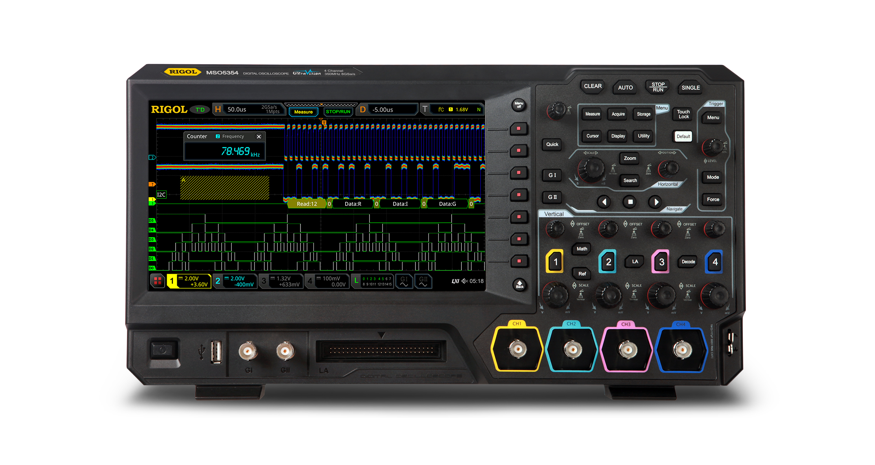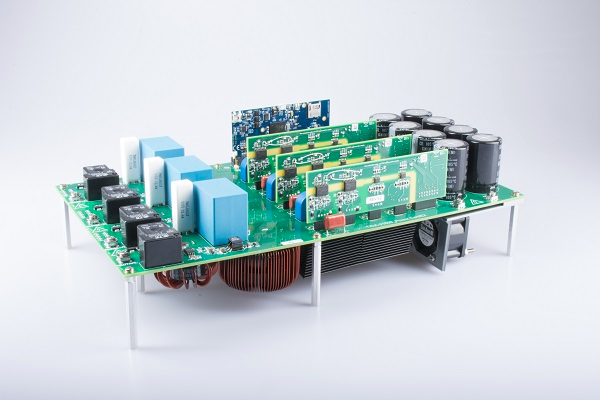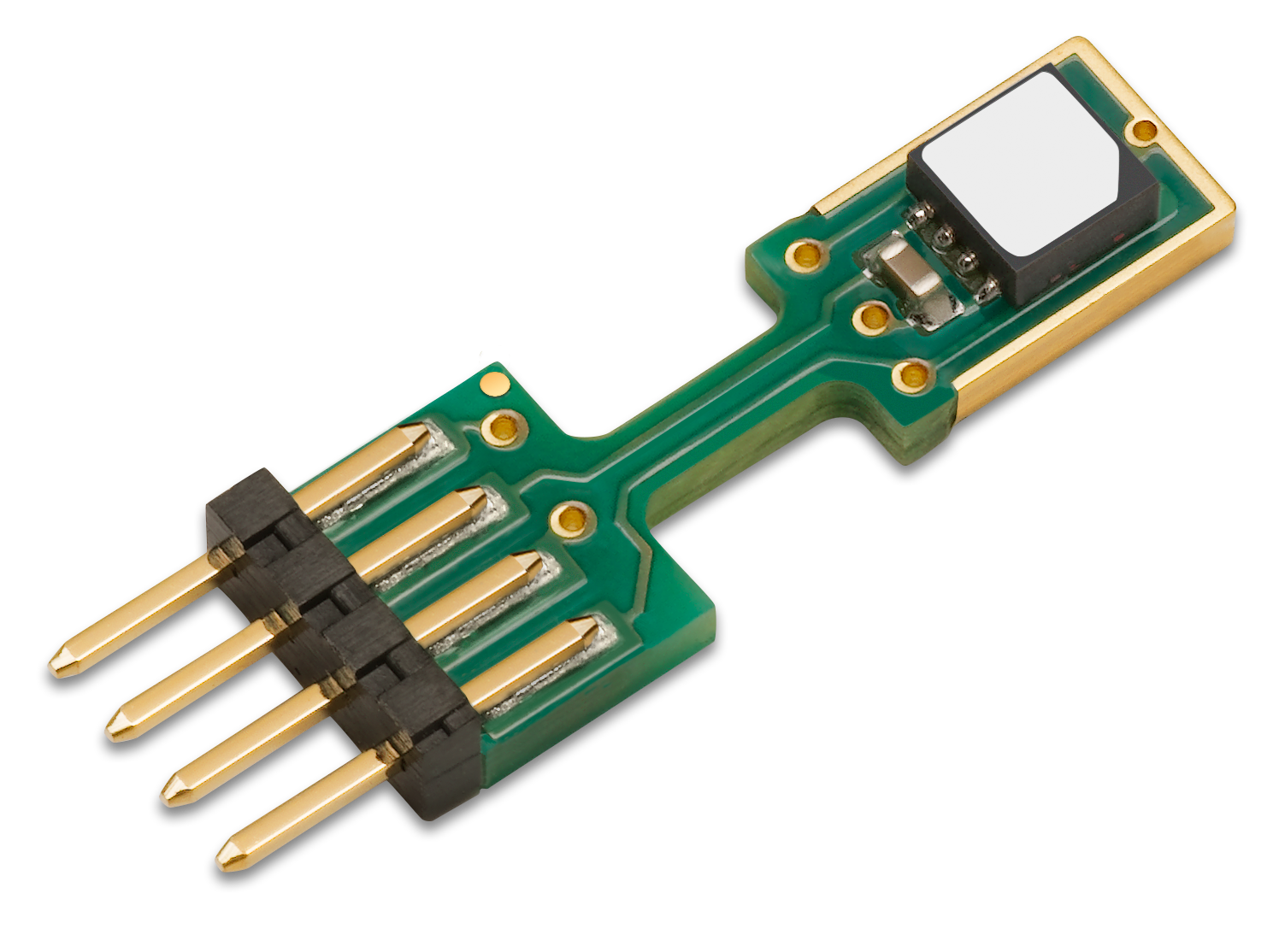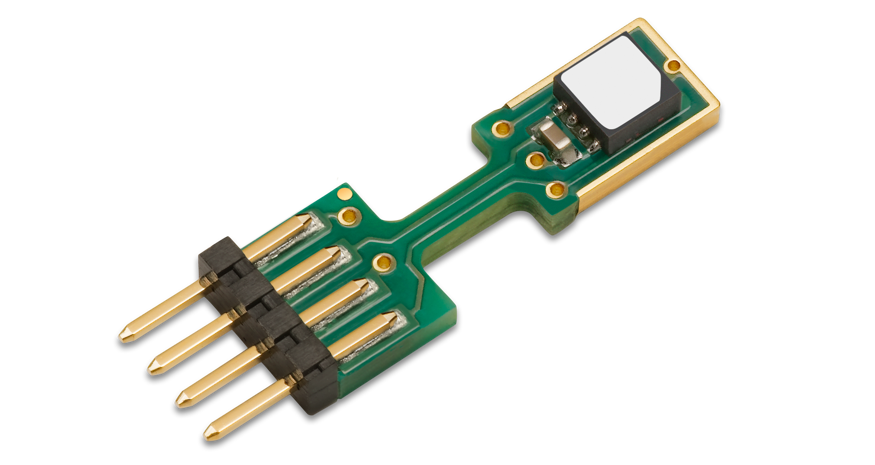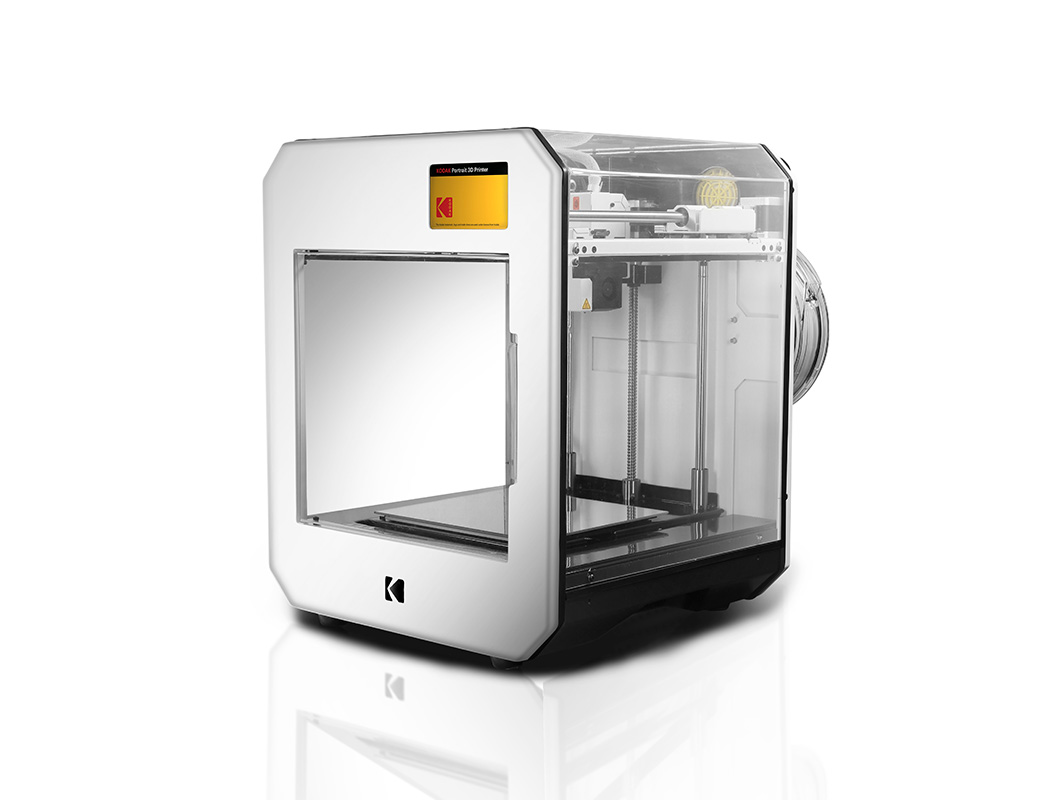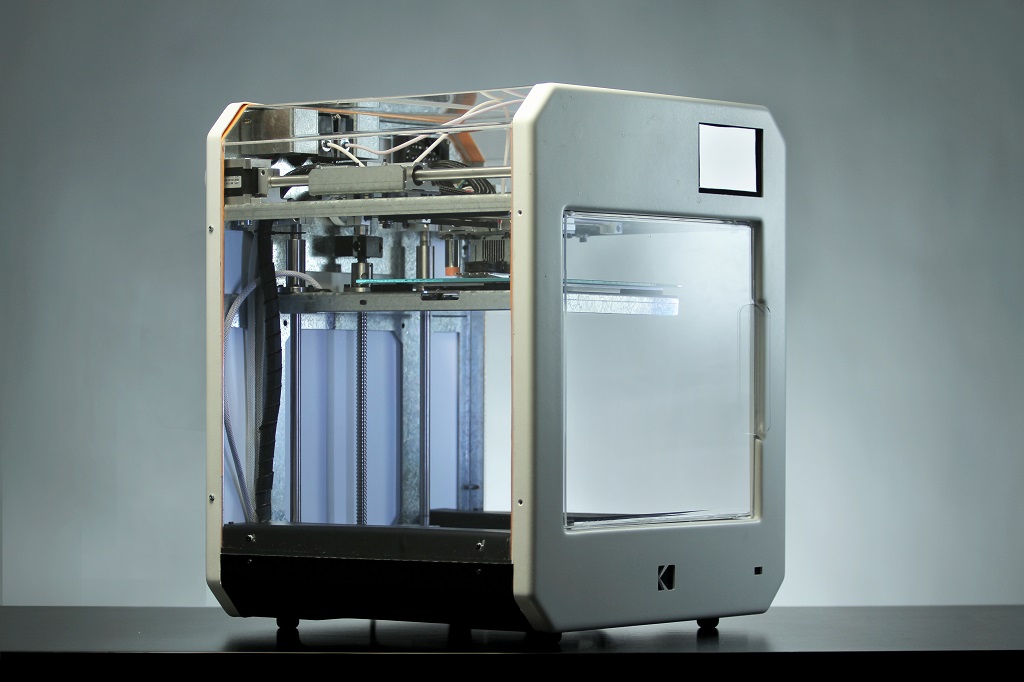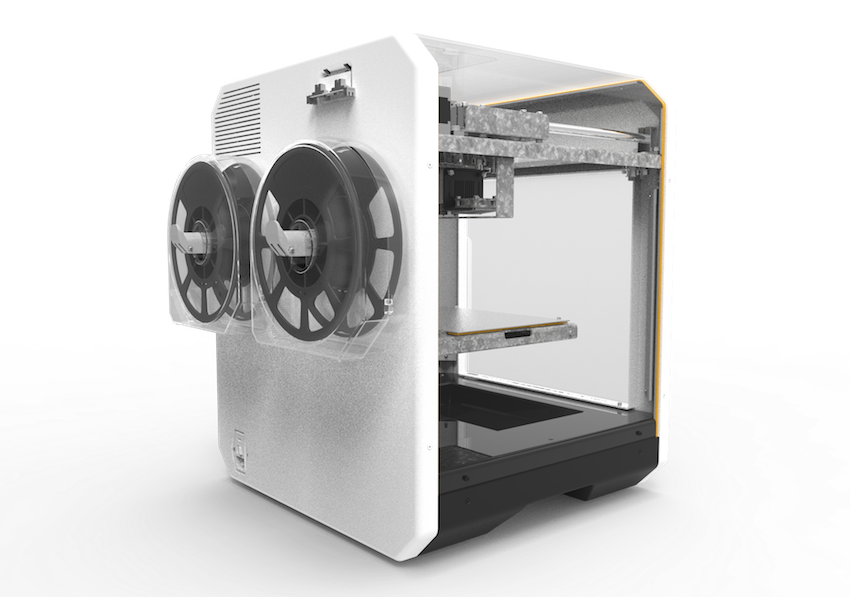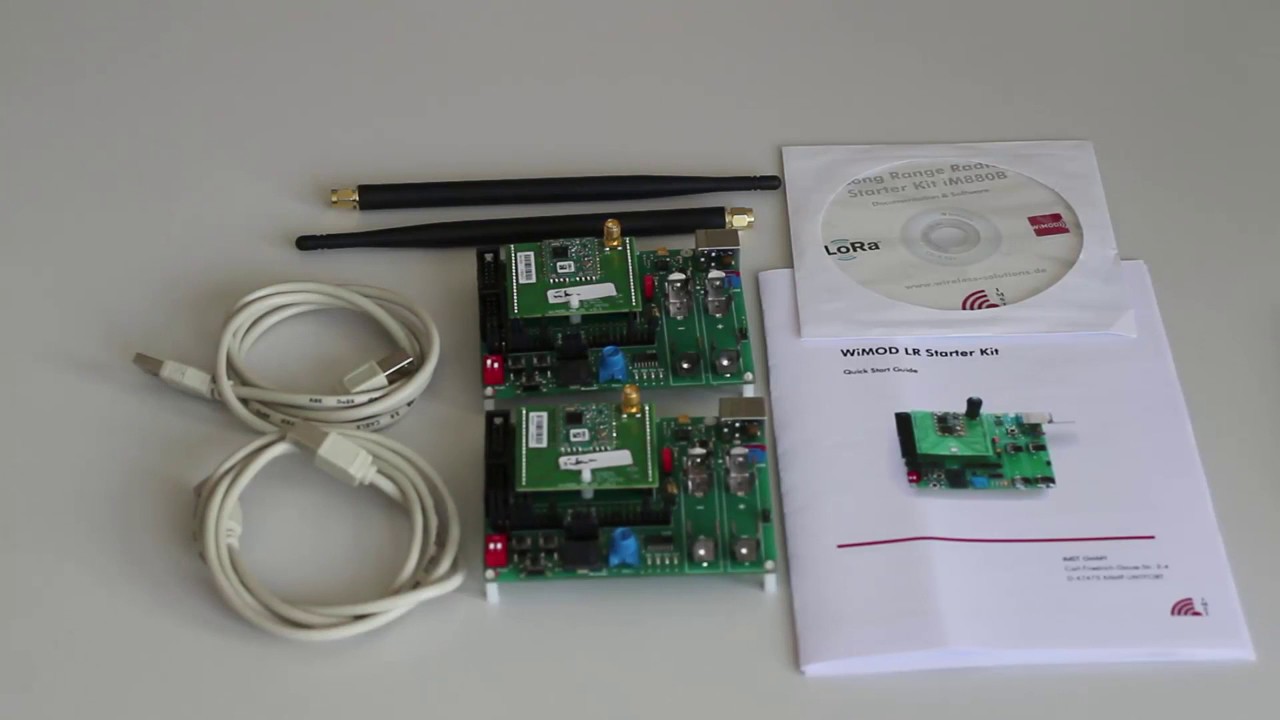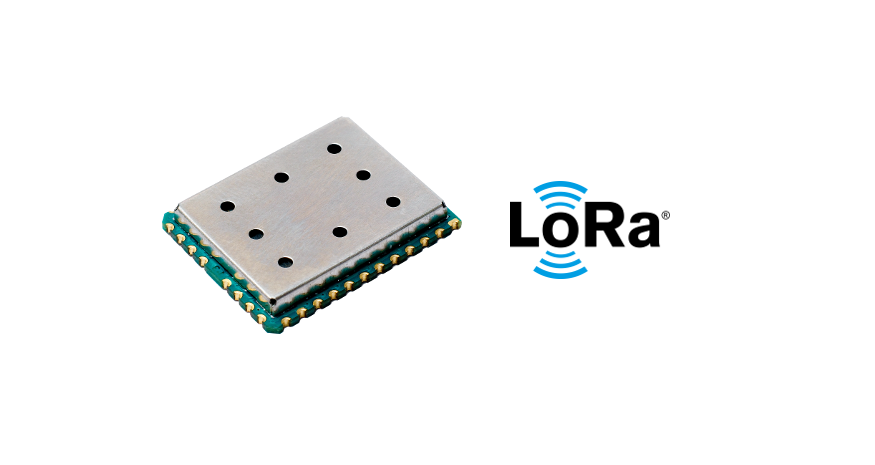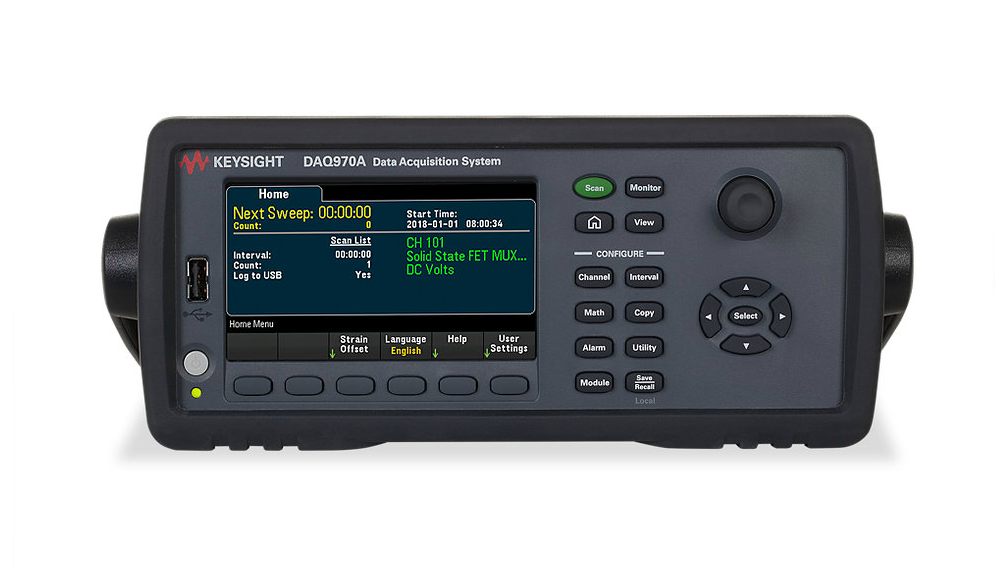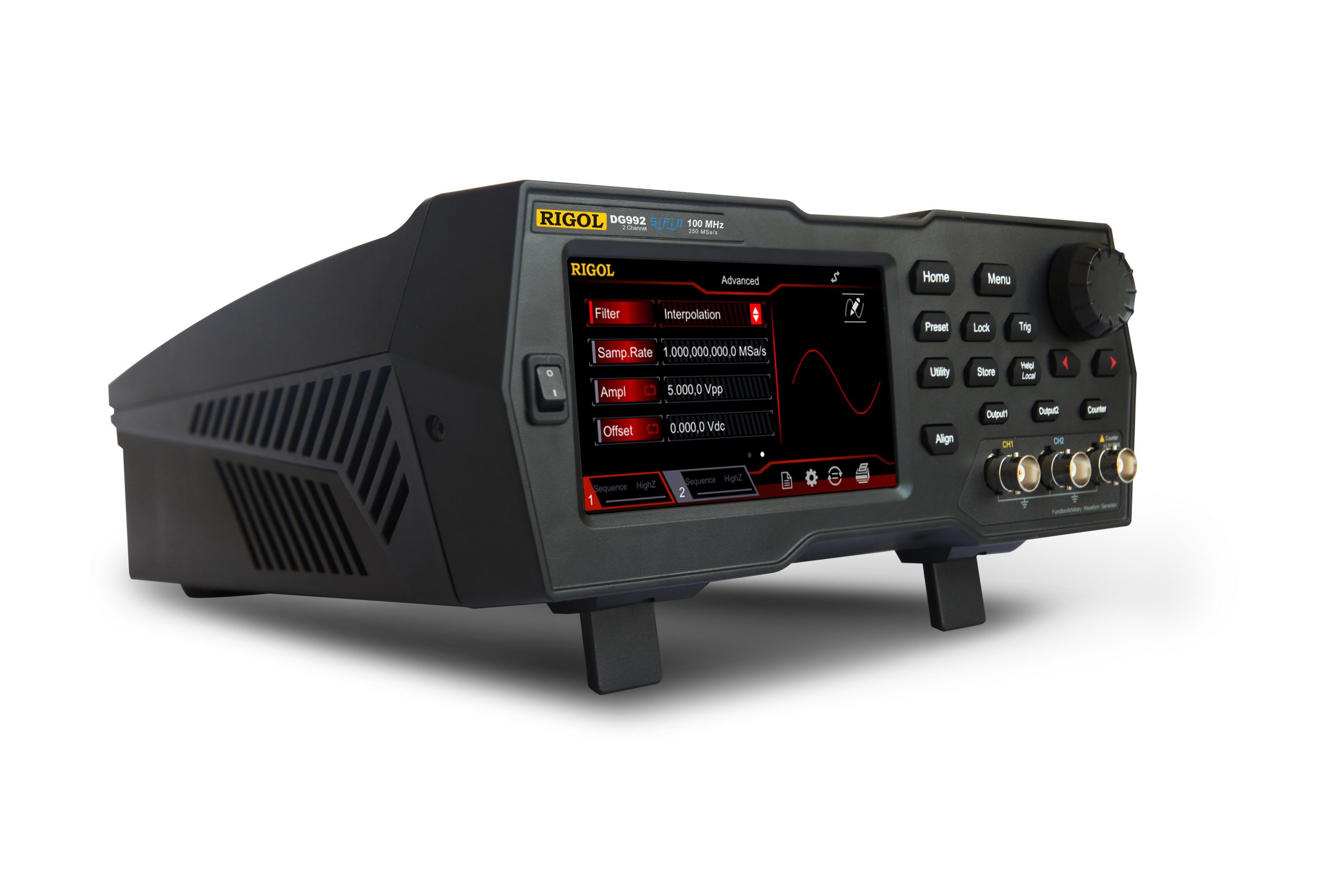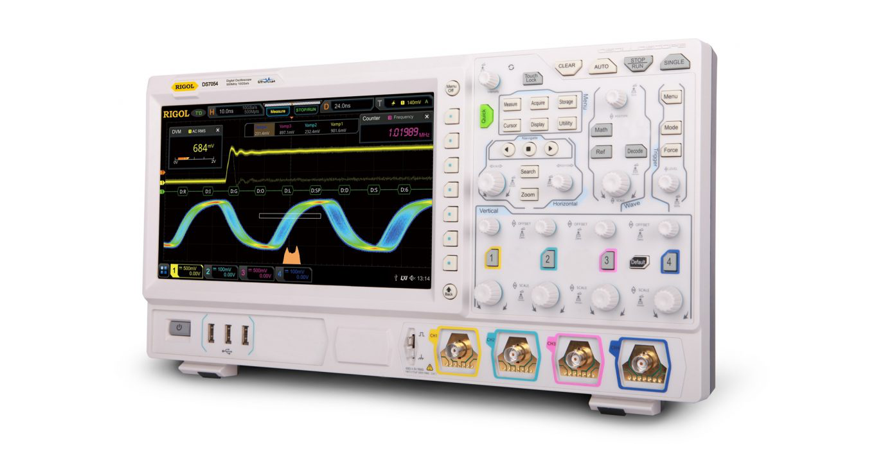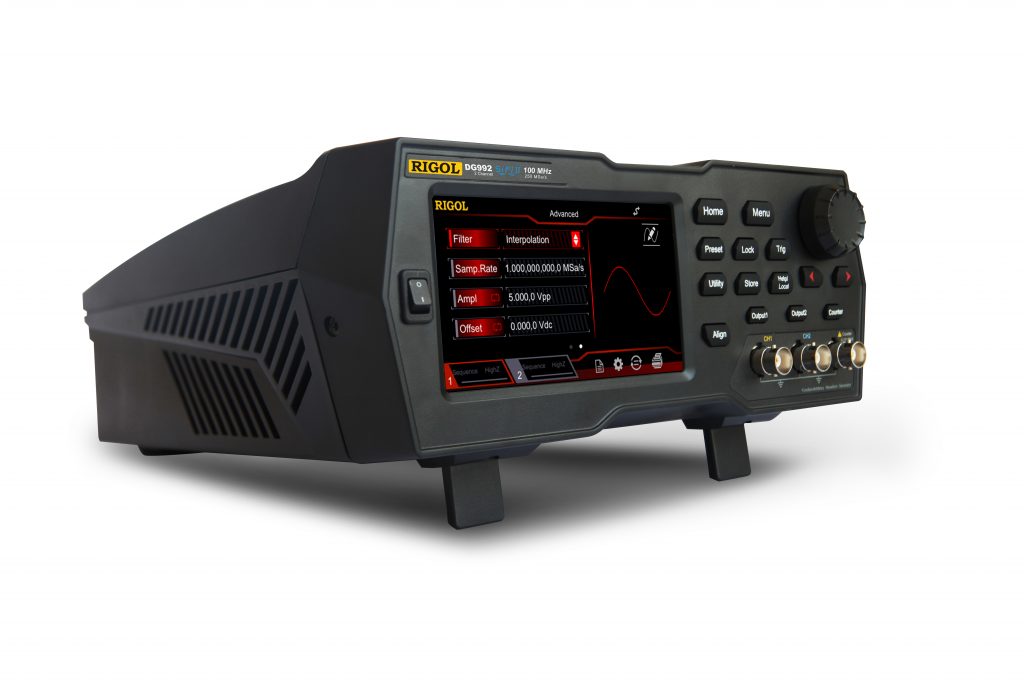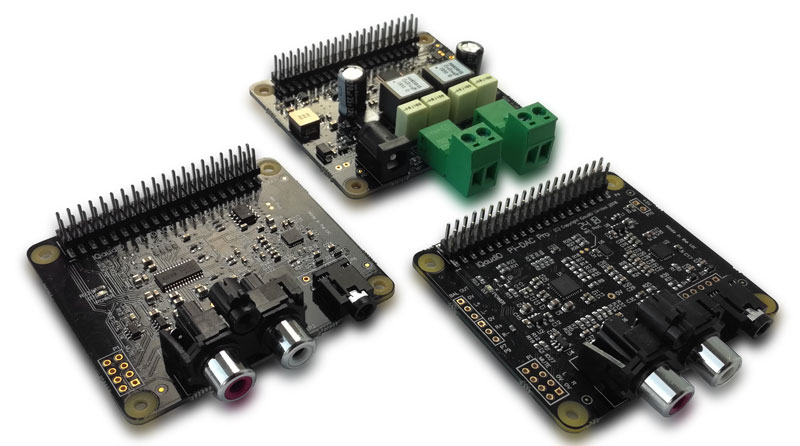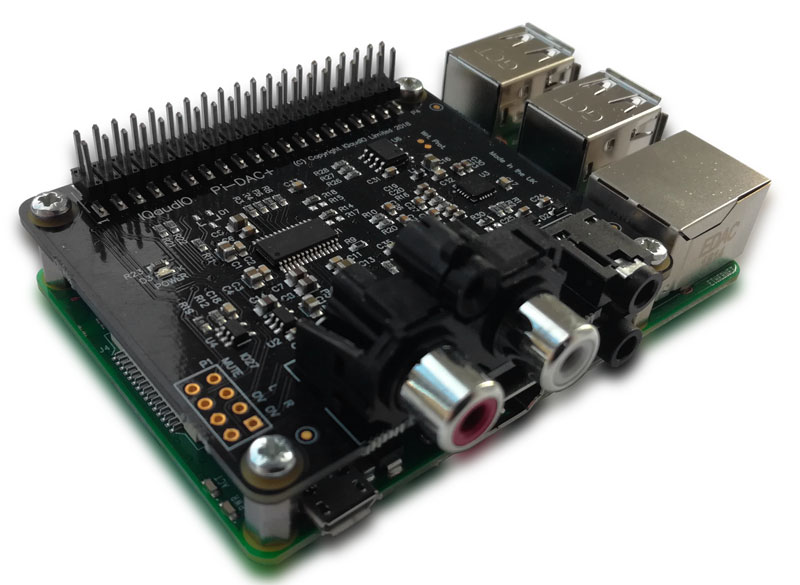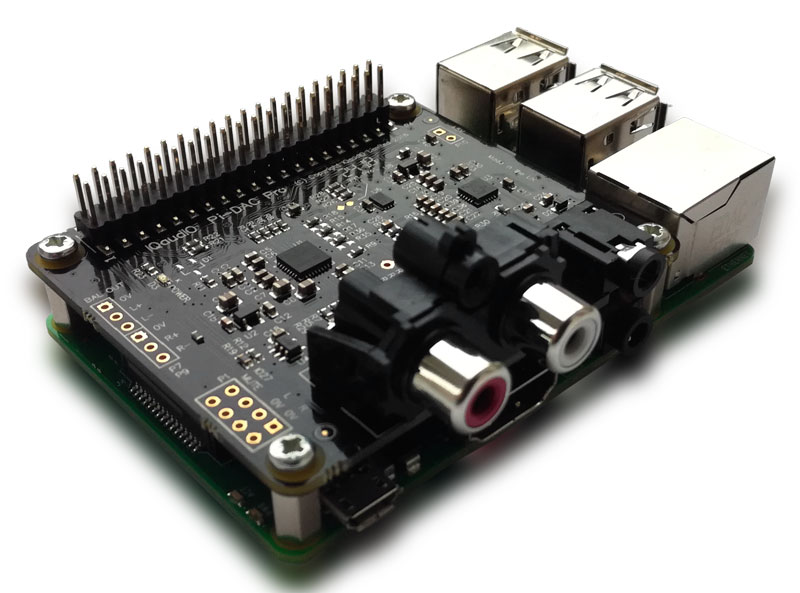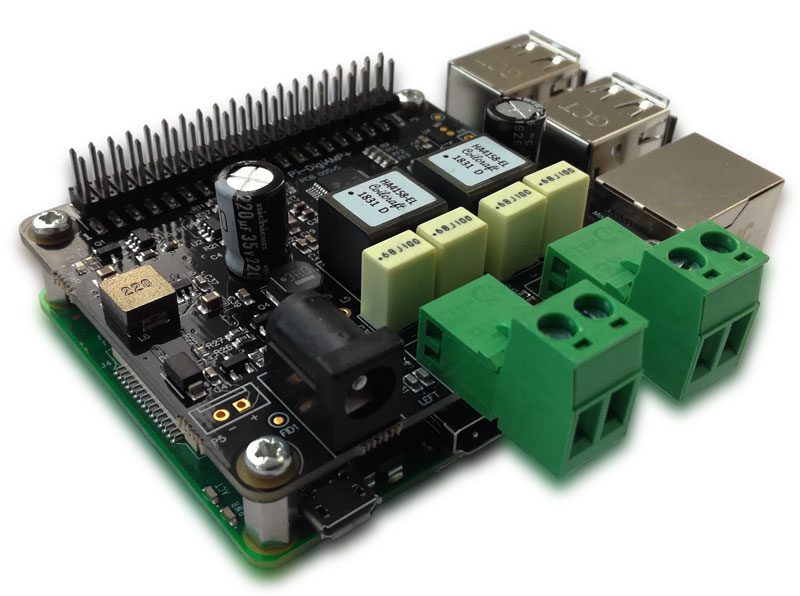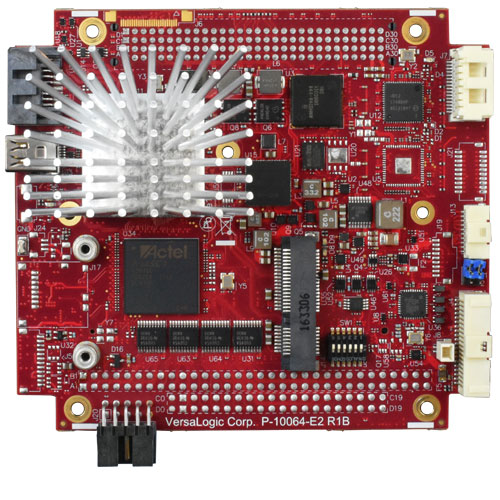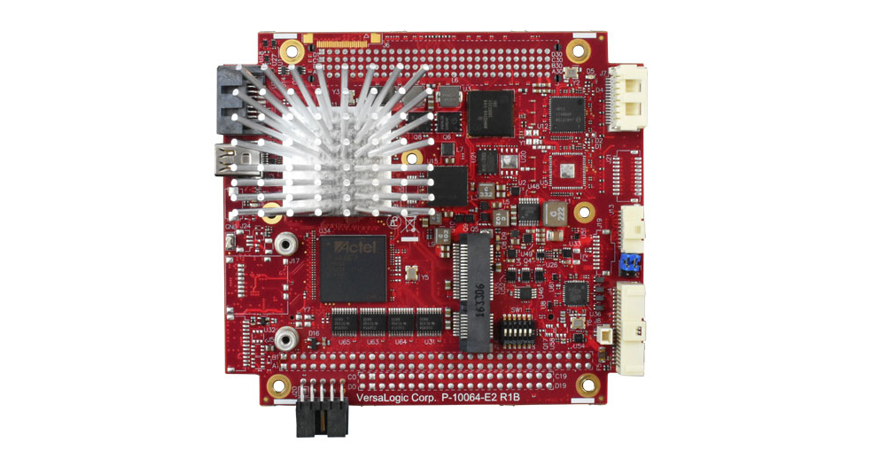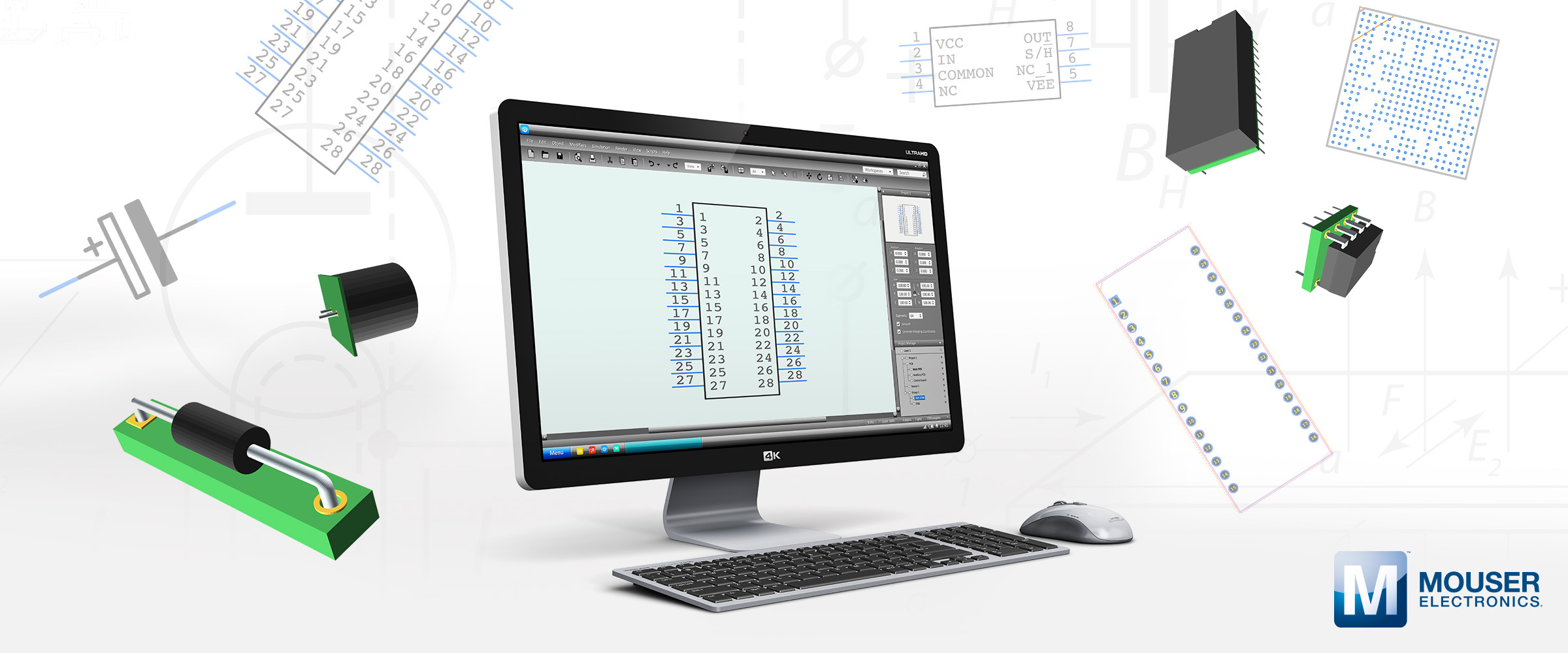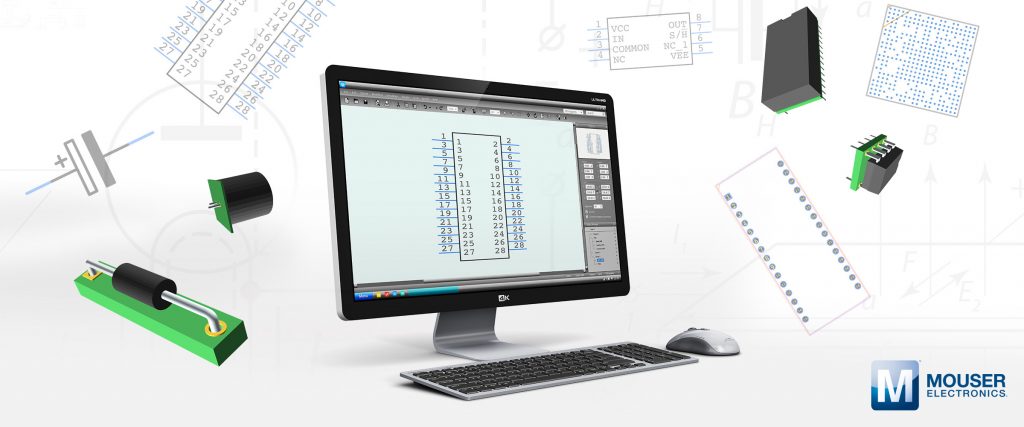Rigol Technologies announces a significant addition to its UltraVision II family of oscilloscopes with the introduction of the New MSO5000 .
The core of RIGOL’s UltraVision II architecture is its Phoenix chip-set. Two custom ASICs provide analog front end and signal processing performance. These chips are surrounded by a high performance hardware design including Xilinx Zync-7000 SoC, Dual Core ARM-9 Processors, a Linux +Qt Operating System, High Speed DDR System Memory and QDRII Display memory.
The MSO5000 Series delivers transformational price/performance capability in a bench oscilloscope. With bandwidth from 70MHz to 350MHz, 8GSa/sec sample rate, 500,000 wfms/sec waveform capture rate, and up to 200M Record Length, the MSO5000 Series delivers system performance, signal resolution and memory depth unmatched in its class.
As RIGOL celebrates our 20th anniversary it is exciting to bring a product like the MSO5000 to market. RIGOL’s commitment to ongoing innovation is represented in our Phoenix chipset, as well as the rapid deployment of that technology to customers who previously have not had access to these capabilities,” says Michael Rizzo, General Manager of RIGOL North America. “Much as our DS1000Z revolutionized customer price performance assumptions in 2013 and helped redefine customer expectations in the value scope space; now RIGOL’s MSO5000 will drive a similar transformation in the basic embedded market. Customers will have access to unprecedented performance and analysis capabilities at prices starting well below $1000.
Solving customer’s challenges requires analysis capabilities and the MSO5000 Series provides a comprehensive set of advanced analysis tools. Seven-in-One instrument capability provides 7 measurement functions in one box. The MSO5000 provides Oscilloscope, Logic Analyzer, Protocol Analyzer, Spectrum Analyzer, Waveform Generator, Digital Voltmeter, and Counter/Totalizer functionality all integrated into one system. In addition, tools like Zone Triggering, Advanced Search, 41 Precision Measurements, Multiple High Resolution Color FFTs, as well as standard Histogram and Pass/Fail Analysis make the MSO5000 Series a powerful debug solution.
The MSO5000 is fully upgradable. A customer buying our entry level model can add analog and digital channels, analysis options and upgrade instrument bandwidth via software enabled licenses as their hardware requirements change. This seamless upgradability allows for low cost of entry and investment protection.
The MSO5000 Series comes with a next generation user interface giving the customer five unique ways to interact with their instrument. A vivid 9″ display supports a responsive and intuitive touch navigation. Customers requiring a larger display can take advantage of the native HDMI support to drive external displays and control the instrument with a mouse. The MSO5000 also supports a touch enabled browser capability so you can control the instrument on your network via a tablet or smartphone.
The combination of raw performance, advanced analysis capability, next gen UI, and a starting price of only $909 clearly positions the MSO5000 Series as the most powerful and affordable bench oscilloscope on the market,” continues Michael Rizzo. “We encourage customers considering the DPO/MSO2000 from Tektronix or the 2000X Series from Keysight to compare the performance, features and overall value of the RIGOL MSO5000 Series Oscilloscope and see how RIGOL can help you speed your debug and analysis while lowering your cost of test.
The MSO5000 Series is available and shipping now. There are 6 Models ranging from 70MHz to 350MHz with 2 or 4 Analog Channels. Base pricing spans from $909 for a 2 channel 70MHz unit to $3,999 for a 4 channel 350MHz unit. Learn more about the RIGOL MSO5000 Series Digital Oscilloscope at www.RIGOL.eu.


